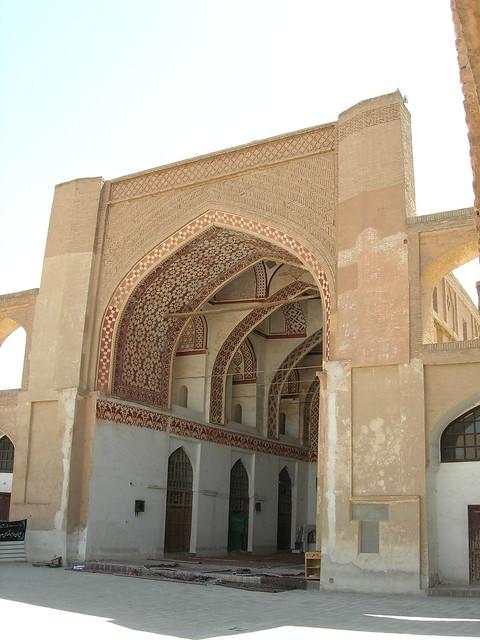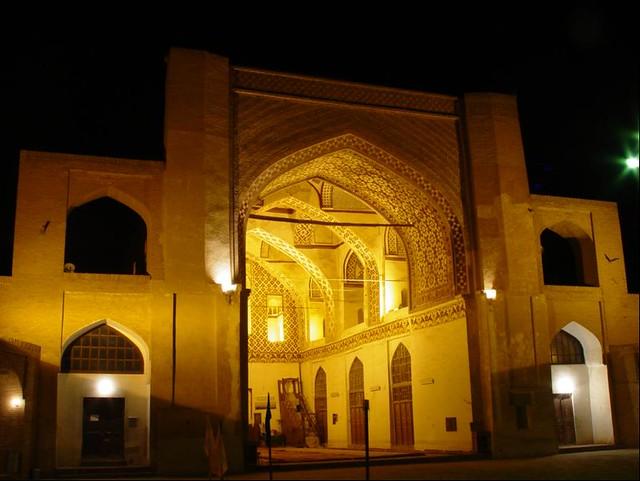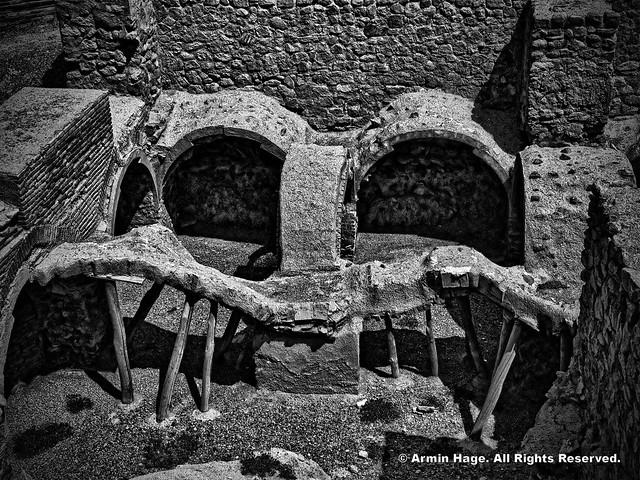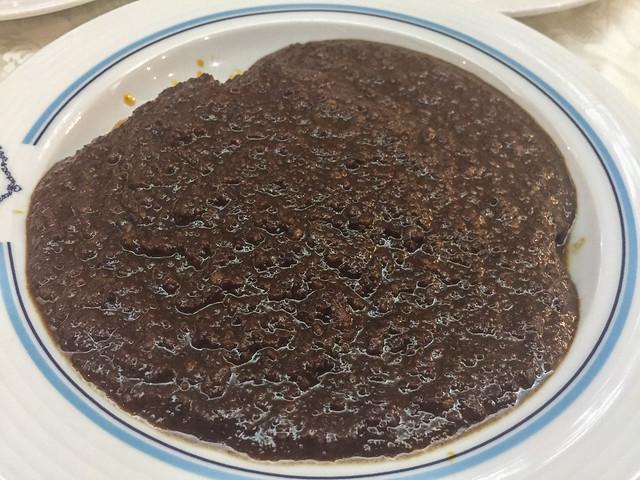

Qaen
Overview
Historical Significance
Qaen, a city nestled in the South Khorasan province of Iran, is steeped in history and culture. This ancient city dates back to over 2,500 years, with its roots tracing back to the Achaemenid Empire. It has served as a vital crossroads for trade and culture due to its strategic location along the Silk Road. The remnants of its rich past can be seen in the architecture, bazaars, and historical sites scattered throughout the city, each whispering tales of bygone eras. The city is also known for its association with the Persian poet Omar Khayyam, who is celebrated for his contributions to literature and science.
Cultural Heritage
The culture of Qaen is a vibrant tapestry woven from its historical influences and local traditions. The city is renowned for its traditional crafts, including intricate carpet weaving and exquisite pottery. As you wander through the bustling bazaars, you'll encounter local artisans displaying their masterpieces, inviting you to appreciate the skill and dedication behind their work. The people of Qaen are known for their warm hospitality, often eager to share stories about their heritage and customs. The local cuisine is another highlight, featuring delicious dishes such as "Khoresht" (stew) and fresh herbs that reflect the agricultural richness of the region.
Atmosphere and Landscape
The atmosphere in Qaen is a delightful blend of historical charm and natural beauty. Surrounded by the rugged landscapes of South Khorasan, the city offers breathtaking views of mountains and endless desert vistas. The climate is arid, with hot summers and mild winters, making it an ideal destination for those seeking to explore Iran's diverse geography. As you stroll through the narrow alleyways of the old town, the aroma of spices and the sounds of daily life create an immersive sensory experience. The tranquil gardens, such as the beautiful Qaen Garden, provide a serene escape, inviting visitors to relax and soak in the picturesque surroundings.
Local Characteristics
One of the unique characteristics of Qaen is its annual festivals, which showcase the city’s rich cultural heritage and community spirit. The Qaen Flower Festival, held in spring, celebrates the blooming of various flowers and is a feast for the senses, featuring music, dance, and local delicacies. Additionally, the city is known for its saffron production, often referred to as "red gold," which is a significant part of the local economy. Visitors have the opportunity to learn about the saffron cultivation process and even participate in harvesting during the season.
Key Attractions
Among the notable attractions in Qaen is the historic Jameh Mosque, with its stunning tile work and architectural elegance that reflects the art of the Safavid era. The Qaen Castle, though in ruins, stands as a testament to the city's strategic importance in ancient times. Additionally, the Shazdeh Garden, a UNESCO World Heritage site, showcases the Persian garden design and provides a beautiful spot for relaxation and reflection. The nearby Tomb of Nader Shah is another significant site, offering insights into the life of one of Iran's most famous rulers.
Exploring Qaen provides a fascinating glimpse into the heart of Iranian history and culture. It is a place where the past and present coexist harmoniously, offering travelers a unique experience that goes beyond the typical tourist trail. The warmth of the locals, combined with the city’s rich tapestry of traditions, makes Qaen a hidden gem waiting to be discovered.
Other towns or cities you may like in Iran
Explore other cities that share similar charm and attractions.






